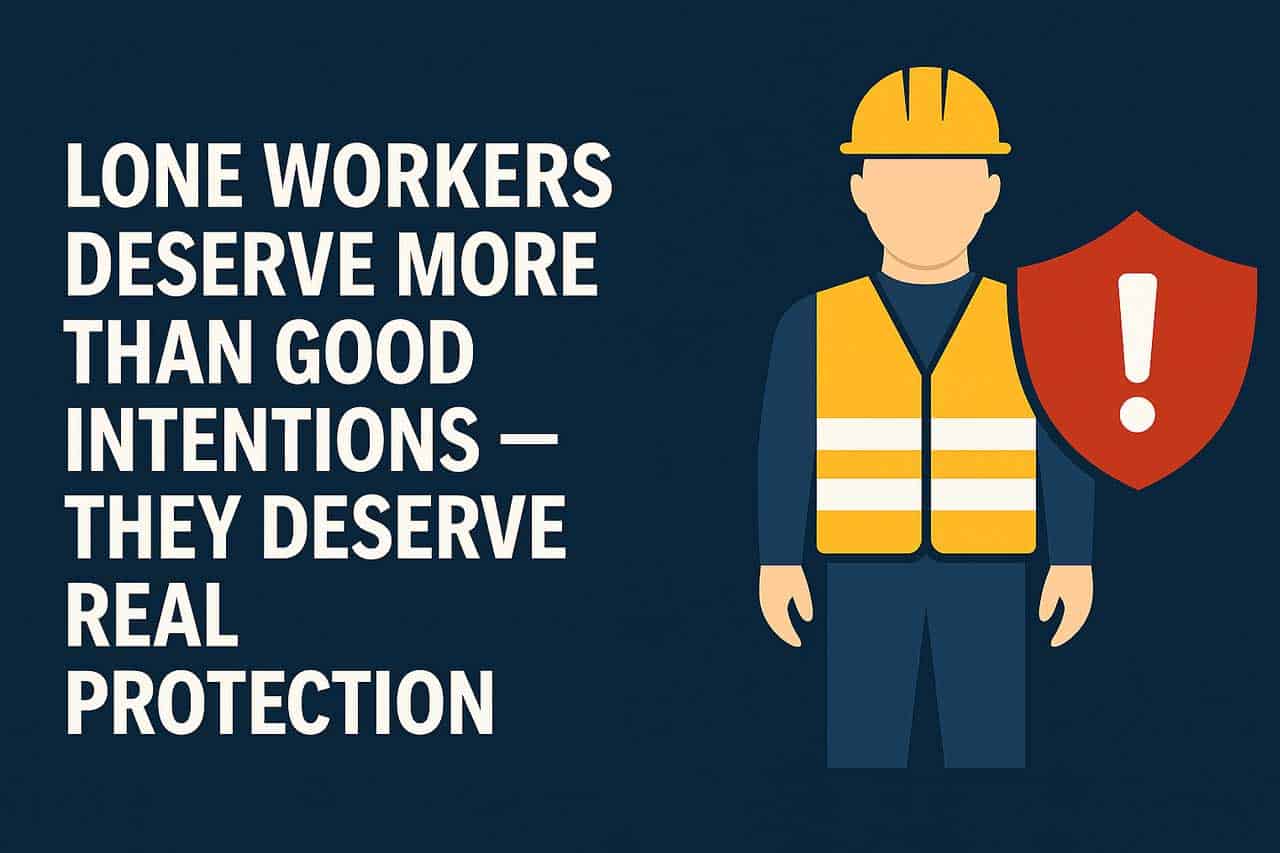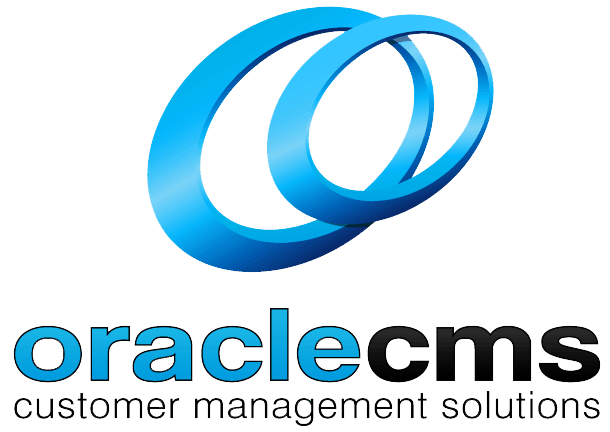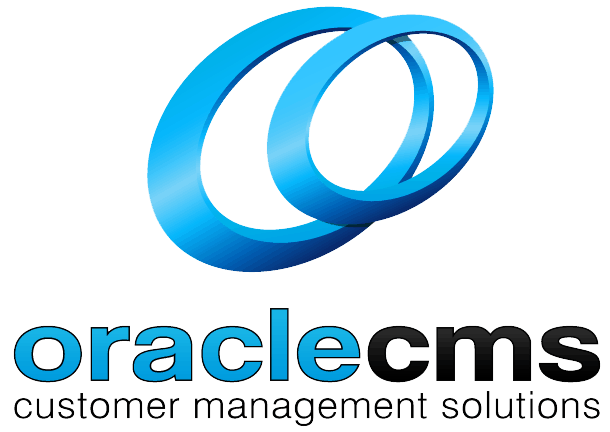
Lone Workers Deserve More Than Good Intentions – They Deserve Real Protection
A technician working solo in a rural substation. A community nurse making home visits late at night. A maintenance contractor cleaning an empty building after hours. These are the people who keep businesses and communities running — often without anyone watching their back.
When something goes wrong, help isn’t always nearby. And that’s exactly why lone worker safety is no longer just a WHS checkbox — it’s a reflection of how seriously a company takes its duty of care.
For Australian businesses navigating Environmental, Social, and Governance (ESG) frameworks, lone worker protection sits squarely in the “Social” pillar. It’s a powerful way to show that your organisation values people — not just profits. It also strengthens Corporate Social Responsibility (CSR) by turning safety policies into real-world action.
OracleCMS supports this shift by delivering scalable lone worker monitoring solutions that protect lives, reduce risk exposure, and make safety measurable — not just promised.
What’s the Real Risk of Working Alone?
It’s easy to forget how vulnerable lone workers are — until something goes wrong. A fall, a medical emergency, or an unexpected confrontation can quickly become life-threatening when there’s no one else around to help.
Lone workers include mobile nurses, after-hours cleaners, security guards, technicians, construction crews, and dozens of other roles across Australia. What unites them isn’t the industry — it’s the risk of being isolated in critical moments.
Under Australian WHS laws, every employer has a legal obligation to protect these workers. That means assessing the risks, putting safety measures in place, and ensuring lone workers have access to help when they need it most.
When that responsibility is ignored — or underestimated — the consequences go far beyond fines or legal trouble. They damage trust. They harm culture. And sometimes, they cost lives.
Safety Isn’t Just Compliance — It’s Core to ESG
The “S” in ESG isn’t just a tick-box for workplace perks — it’s a measure of how much your business values people, especially those at higher risk. Lone workers often face the toughest conditions: remote locations, unpredictable environments, and long stretches without support.
Putting systems in place to protect these workers is one of the clearest ways to show that your organisation is serious about ethical operations. It tells your team — and the wider world — that safety isn’t negotiable.
For industries like construction, utilities, and mining, where isolation is often unavoidable, lone worker monitoring goes beyond best practice. It becomes a moral and operational requirement — one that aligns perfectly with ESG reporting, stakeholder expectations, and modern corporate values.
When organisations protect their most vulnerable staff, they’re not just managing risk. They’re building a business that people can trust.
How Safety Tech Supports Broader ESG Goals — Even Beyond “Social”
While lone worker monitoring is a clear win for the social pillar of ESG, it quietly strengthens the “Environmental” and “Governance” pillars too.
From an environmental perspective, digital check-ins and remote monitoring drastically reduce the need for physical site visits. That means fewer unnecessary trips, reduced vehicle emissions, and better alignment with carbon-reduction goals — especially for companies operating across regional or remote areas.
On the governance side, lone worker platforms provide something every compliance team values: evidence. Real-time monitoring, digital logs, and automated incident reports create a transparent trail that’s available when you need it most — whether for an ESG report, a WHS inspection, or an internal compliance review.
These records don’t just show what happened — they show how prepared you were. That kind of traceable accountability is exactly what boards, regulators, and investors expect from a modern, well-governed business.
Protecting People Isn’t Just Good PR — It’s the Right Thing to Do
Corporate Social Responsibility (CSR) isn’t about polished statements or community sponsorships. At its core, it’s about doing what’s right — especially when no one’s watching. And there’s no better example of that than protecting employees who work alone.
Lone workers often face the emotional strain of isolation, the physical risk of accidents, and the mental fatigue of operating without support. A strong monitoring system doesn’t just safeguard their bodies — it shows that their wellbeing matters, even when they’re out of sight.
When businesses invest in lone worker protection, they’re sending a clear message to staff: “We’ve got your back.” That kind of culture boosts trust, morale, and loyalty — and reduces turnover in industries already struggling with retention.
CSR is about more than image — it’s about impact. And showing you care about the safety of every team member, no matter where they work, is one of the clearest impacts a business can make.
From Policy to Proof — Making Governance Measurable
Strong governance doesn’t come from policies sitting on a shelf — it comes from being able to prove what you do, how you do it, and when it happened.
OracleCMS’s lone worker monitoring systems are built with transparency in mind. Every check-in, every alert, every incident response is logged and timestamped, creating a detailed audit trail that’s available when you need it most — whether for an ESG report, a WHS inspection, or an internal compliance review.
This kind of digital documentation goes far beyond box-ticking. It helps identify gaps in response protocols, refine emergency procedures, and track ongoing improvements over time. It shows regulators and stakeholders that your governance practices are not only well-designed — they’re working.
In a world where accountability is non-negotiable, data-backed safety systems give you the confidence to say, “Here’s what we’re doing — and here’s the proof.”
Why Prevention Pays — Especially When It Comes to Risk and Insurance
When it comes to safety, prevention isn’t just the smart move — it’s the most cost-effective one. By proactively protecting lone workers, businesses aren’t just ticking compliance boxes; they’re reducing exposure to serious incidents that can trigger legal, reputational, and financial fallout.
Insurers and regulators take notice of this. A business that can show it has real-time monitoring, escalation procedures, and incident logs is a business that’s actively managing its risks. That can translate into lower premiums, fewer claims, and faster resolution when issues arise.
For high-risk industries like utilities, mining, and construction, these systems also help demonstrate duty of care to boards, shareholders, and the public. And that matters — because one well-handled incident with documented response times is worth more than a dozen reactive apologies.
In short, safety technology doesn’t just protect workers — it protects the business.
Show Don’t Tell — Proving Your Values to Stakeholders and Investors
Modern stakeholders want more than promises — they want proof. Whether it’s investors, board members, procurement partners, or clients, the expectation is the same: show us how you operate ethically, responsibly, and with foresight.
Lone worker protection delivers on all three. It’s a visible, measurable commitment to the people behind your operations — and it tells the market that your business takes responsibility seriously.
In procurement, lone worker systems can strengthen your position in tenders and contract bids. In annual reports, they offer real data for ESG and CSR sections. In investor decks, they show that risk is being actively managed, not reactively spun.
In an era where values are under the microscope, lone worker monitoring isn’t just a safety tool — it’s a strategic asset.
Why OracleCMS Is the Trusted Partner in Worker Safety
OracleCMS offers a comprehensive lone worker monitoring service tailored for the Australian market. With deep knowledge of local industry requirements, compliance laws, and sector-specific risks, we help organisations implement systems that are not only functional but also fully aligned with their ESG and CSR goals.
Our solutions are backed by real-time support, reliable escalation procedures, and reporting tools that make governance easier. We partner with companies who are serious about safety and committed to doing the right thing — because we are too.
Wrap-Up: Making Safety Central to Corporate Responsibility
Workforce safety, especially for those working alone, is more than an operational concern — it’s a reflection of organisational integrity.
Investing in lone worker monitoring shows your staff, stakeholders, and the broader community that you take responsibility seriously. It helps protect lives, meet ESG benchmarks, and demonstrate the values that underpin ethical business.
OracleCMS is proud to support Australian businesses in making lone worker safety a priority — today and for the future.
FAQs
Q1: How does lone worker monitoring support ESG reporting?
A1: Lone worker monitoring provides real-time and historical data on safety practices, helping organisations clearly report on the “Social” aspect of ESG frameworks. This improves audit readiness and stakeholder confidence.
Q2: What legal obligations apply to lone workers in Australia?
A2: Under WHS laws, employers must identify risks associated with working alone and put controls in place — including effective communication systems and emergency response protocols.
Q3: Can OracleCMS tailor its solutions to different industries?
A3: Yes. OracleCMS works with sectors ranging from healthcare and utilities to mining and facilities management, adapting solutions to match real-world risks and workflows.
Q4: What happens when a lone worker triggers an alert?
A4: Our system instantly initiates escalation protocols, including contacting the worker, notifying designated responders, and coordinating with emergency services if necessary.
Q5: Is lone worker monitoring scalable for small teams and large enterprises?
A5: Absolutely. OracleCMS solutions scale seamlessly, whether you have five mobile workers or hundreds across multiple locations.


